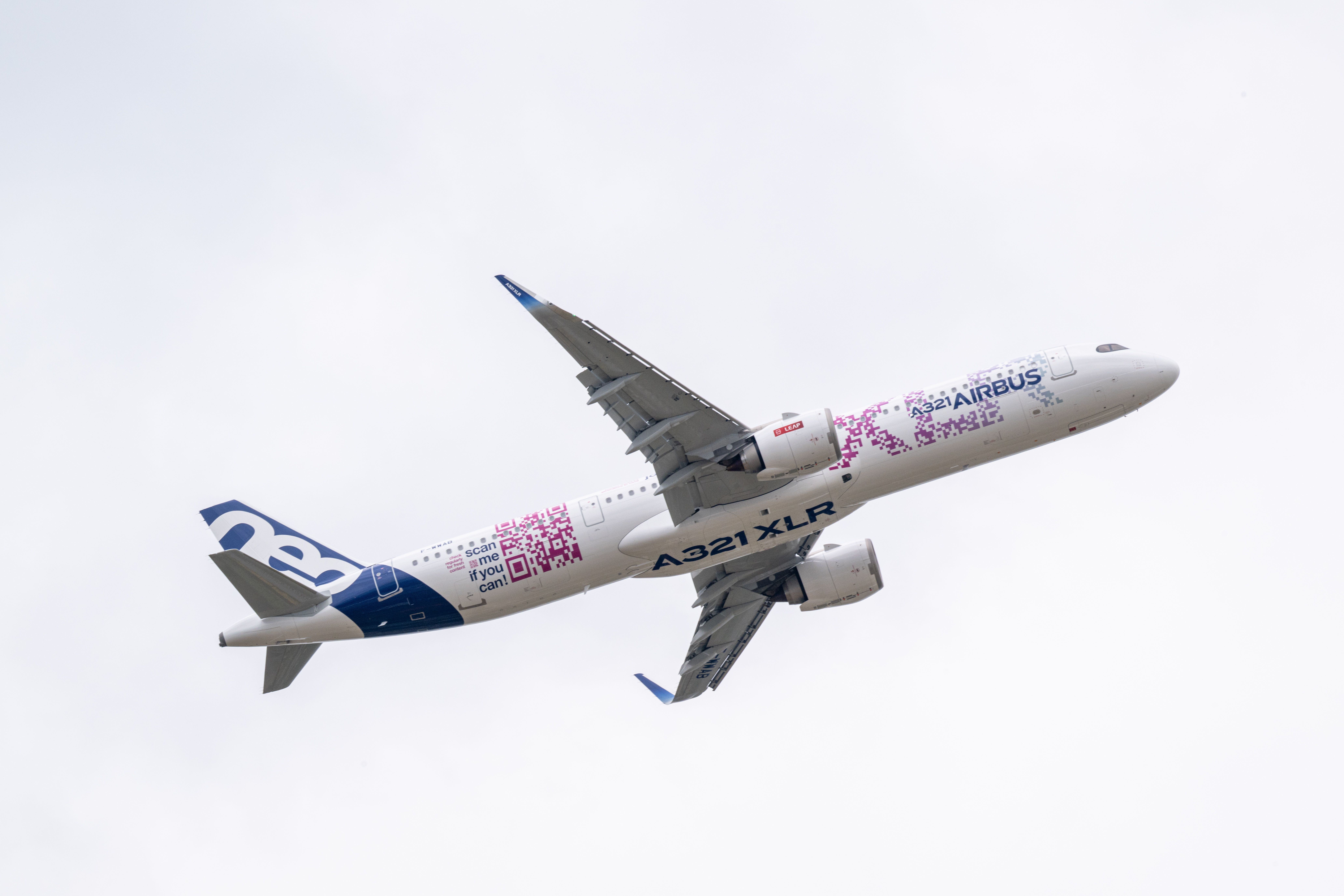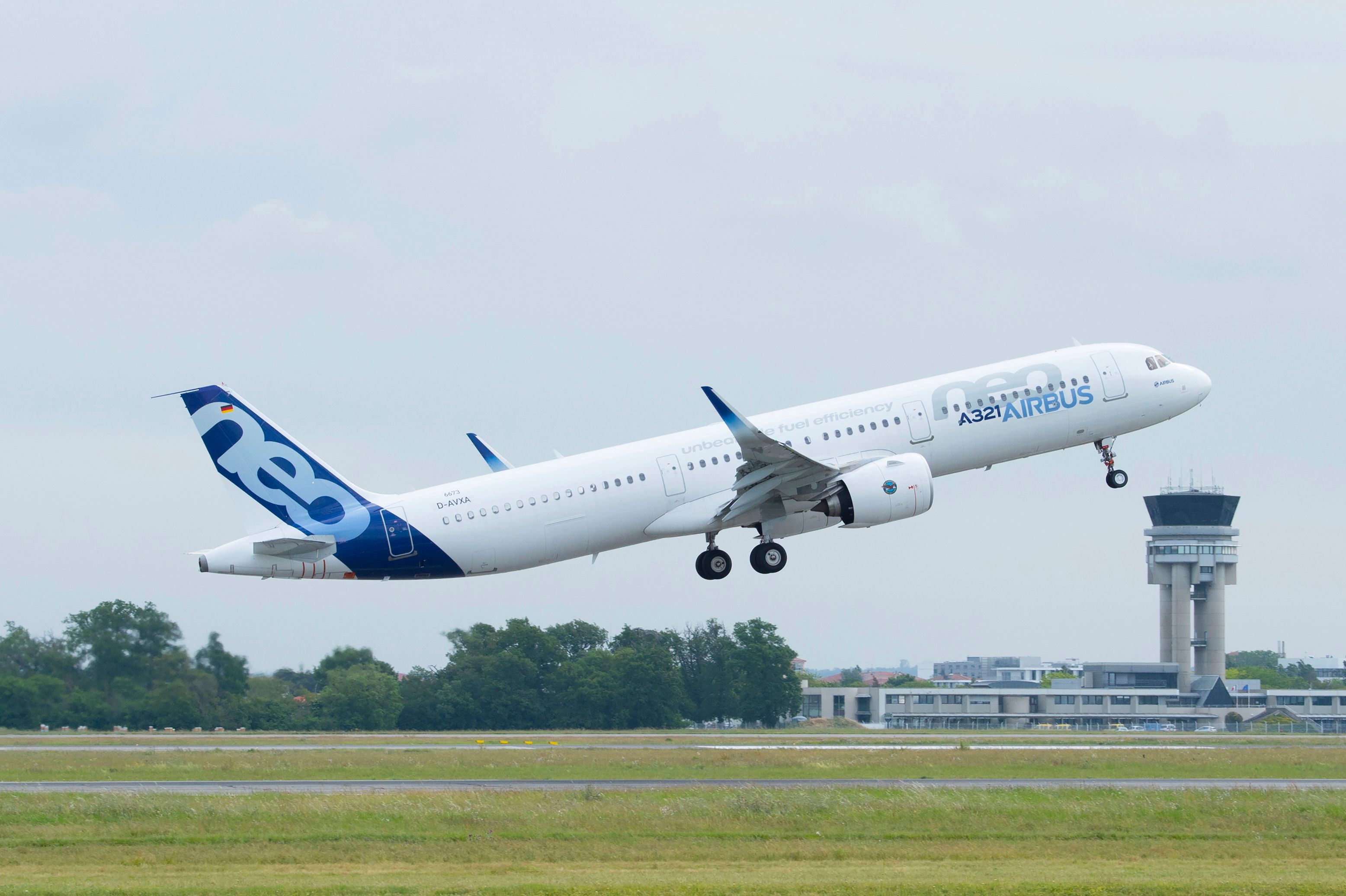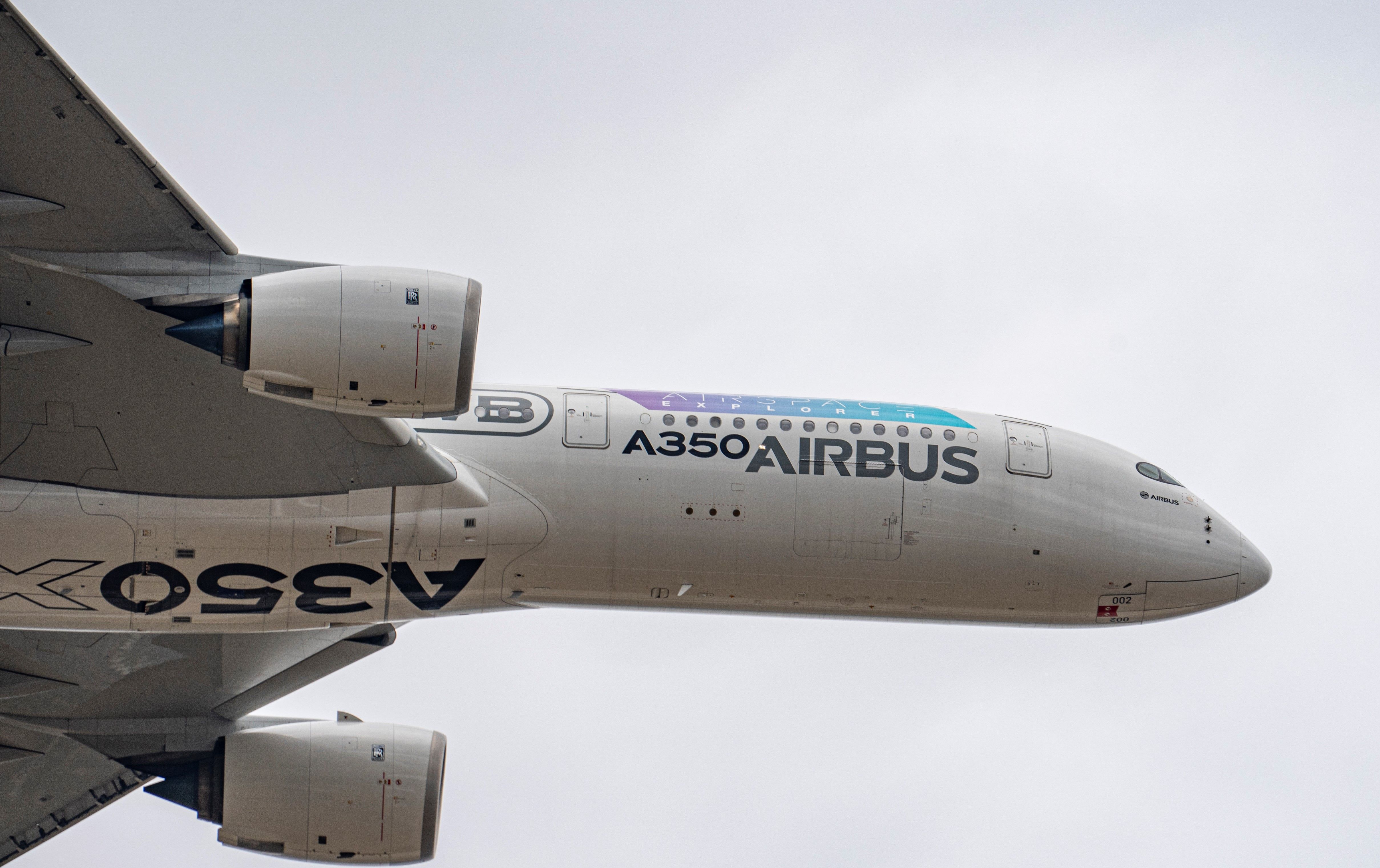Summary
- Airbus reported an increase in revenues for the first half of 2023, driven by higher aircraft deliveries in the commercial aircraft and helicopter divisions.
- However, net income for the group fell by 20% in H1 compared to last year, and consolidated EBIT also dropped marginally.
- Meeting delivery targets remains a challenge for Airbus, as it aims to deliver 720 commercial aircraft this year and faces uncertainties in the world economy and supply chain disruptions.
Yesterday Airbus released its operating results for the first half of this year, which presented a healthy picture of a full order book and positive plans to meet the challenging 2023 delivery targets. While both consolidated and commercial aircraft revenues climbed significantly from 2022, the Group's net income tumbled by 20%.
The group had a mixed first half
In the first half (H1 2023), Airbus reported consolidated revenue of €27.7 billion ($30.7b), which was an 11% increase on the €24.8 billion ($27.5b) generated in H1 2022. The consolidated results come from Airbus (Commercial), Airbus Helicopters and Airbus Defence and Space.
While revenues had a healthy boost this year, consolidated Adjusted Earnings before interest and tax (EBIT) fell marginally from €2.64 billion last year to €2.62 billion ($2.93-$2.9b). The Consolidated Reported EBIT dropped by 27% in H1 2022 to €1.89 billion ($2.1b), and net income was reported at €1.53 billion ($1.7b), a 20% fall from the €1.9 billion ($2.1b) in H1 last year.
Revenues increased at both the commercial aircraft and helicopter divisions, driven by higher aircraft deliveries, but fell by 8% at Defence and Space. Commercial aircraft revenues rose by 16% due to deliveries rising from 297 in H1 2022 to 316, including 25 A220, 256 A320 family, 14 A330 and 21 A350 aircraft. Airbus Helicopters delivered 145 aircraft compared to 115 in H1 2022, with notable growth in the light helicopter segment. Commenting on the result, CEO Guillaume Faury said:
"During the first half of 2023 we progressed well across our businesses in an operational environment that remains complex. Our commercial aircraft are in strong demand, as demonstrated by more than 800 orders announced at the Paris Air Show. This demand is driven both by growth and fleet replacement as airlines invest in more fuel-efficient fleets. Based on this H1 performance, we maintain our 2023 guidance."
Discover more aviation news for Australia and Oceania here
The guidance Faury refers to was provided to markets in February, which said that Airbus is targeting the following in 2023:
- 720 commercial aircraft deliveries
- EBIT Adjusted of €6.0 billion
- Free Cash flow before M&A and Customer Financing of €3.0 billion
It also assumes no additional disruptions to the world economy, the supply chain, the company's internal operations and its ability to deliver products and services. Which pretty much covers Airbus for most eventualities should the group miss its targets.
Meeting delivery targets remains the challenge
In the first half, Airbus received commercial orders for 1,080 aircraft with net orders of 1,044 after cancelations, bringing the order backlog to a record 7,967 aircraft at the end of June 2023. Getting those aircraft delivered in a timely manner is a challenge for Airbus, and meeting its short-term goal of 720 deliveries this year is no certainty.
In its announcement, Airbus said that the ramp-up of the A220 program is continuing towards a monthly production of 14 aircraft by the middle of the decade. Pushing the targets out even further, Airbus said it's progressing well on its previously announced plan to produce 75 A320 Family aircraft monthly in 2026, "which is now the key reference point for the Company and the supply chain."
It points to the recent inauguration of a new A321 capable final assembly line in Toulouse as evidence of its progress toward this lofty goal. The company has targeted a monthly production rate of four A330s in 2024 and nine A350s at the end of 2025 and added that the A321XLR is expected to enter service in the second quarter of next year.




